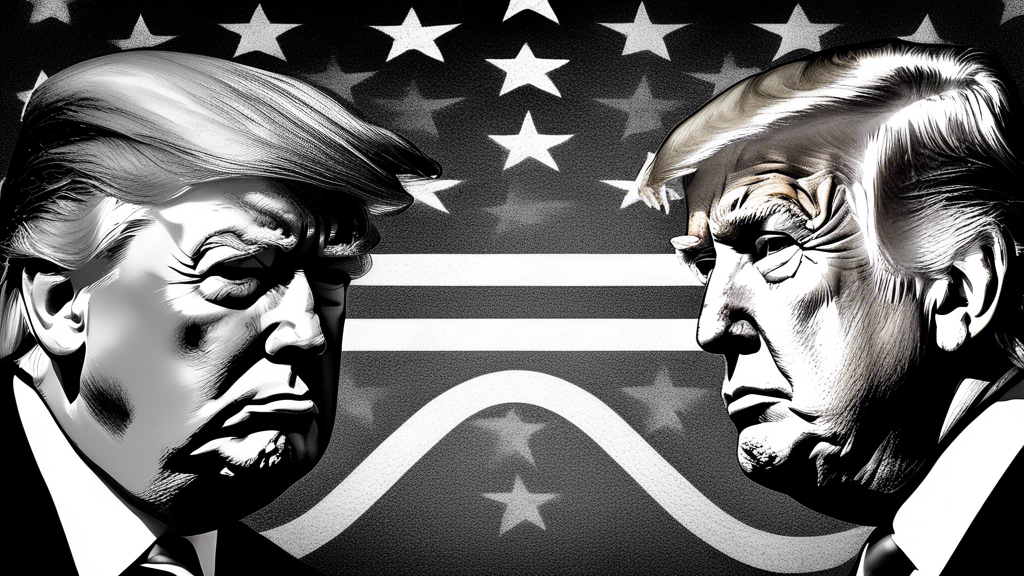
Analysis of the Tight Race
The race for the U.S. presidency between Kamala Harris and Donald Trump is shaping up to be a nail-biter, as evidenced by recent polling data. As of October 15, 2024, Harris holds a slim lead over her competitor by just 1.7 percentage points. This margin is precarious, as it falls within the statistical margin of error for many polls. Such close polling underscores the heightened level of competitiveness and the polarized nature of the election this year, where every point matters.
Remarkably, an NBC News poll reveals a stark deadlock with both candidates capturing 48% support among registered voters. This parity signifies a nation truly divided, with the remaining 4% of the electorate either undecided or unwilling to express their preference as the election draws nearer.
Understanding the Demographics
Further analysis points to a notable gender divide. Harris enjoys a considerable lead among female voters, surpassing Trump by 14 points. Conversely, Trump has drawn more support from male voters, leading Harris by 16 points. This gender gap highlights differing perspectives on key issues such as gender equality and reproductive rights that have emerged during their campaigns.
At the heart of their strategies are concentrated efforts to consolidate and energize their bases. Trump has recently seen a resurgence in support, attributed largely to improved unity among Republicans. In the aftermath of a contentious debate, Trump’s base has rallied, providing him with crucial momentum as he visits predominantly blue states to criticize their governance, thereby energizing his stalwarts.
Strategies in Key Territories
Simultaneously, Harris isn’t leaving anything to chance, with her campaign aggressively targeting swing states pivotal to pathing her to victory. Her recent rally in Erie, Pennsylvania, exemplifies her focus on battlegrounds, an area she has targeted by critiquing Trump’s policy decisions. This sharp focus on crucial states underscores the strategic importance of Pennsylvania, a state known for swaying electoral outcomes.
In addition, Trump’s rhetoric has become more controversial, hinting at drastic measures such as deploying the National Guard or military internally, framing his presidency as a defense against the enemy from within. This inflammatory language aims to cement his image as a strongman among his supporters but draws criticism for its potential to stoke division.
Communication and Policy Gaps
Harris, in contrast, has amplified her narrative by claiming that Trump’s return to power would endanger democratic values. By emphasizing his unpredictable behavior, she seeks to appeal to voters fearful of chaos under another Trump administration. Simultaneously, Harris works assiduously to capture the attention of pivotal voter segments like Black men and Arab and Muslim Americans, addressing waning support levels with a robust media campaign.
As they approach Election Day, each candidate leverages contrasting policy messages to sway undecided voters. Trump, at his event in Oaks, Pennsylvania, doubled down on pledges to heighten U.S. oil production. He claims this move will drive down energy prices, despite current levels already peaking historically. Meanwhile, Harris attempts to counter by showcasing her vision for a balanced energy policy that considers renewable resources.
In conclusion, with both candidates entrenched in a hard-fought battle, this electoral contest represents not just a clash of personalities but a profound division over the future direction of America. As these final weeks unfold, voter engagement and targeted messaging will be key determinants in deciding who will occupy the Oval Office come January.
